
U.S. Congress passes Selective Service Act on May 18, 1917
U.S. Congress passes Selective Service Act: Some six weeks after the United States formally entered the First World War, the U.S Congress passes the Selective Service Act on May 18, 1917, giving the U.S. president the power to draft soldiers.
When he went before Congress on April 2, 1917, to deliver his war message, President Woodrow Wilson had pledged all of his nation’s considerable material resources to help the Allies—France, Britain, Russia and Italy—defeat the Central Powers. What the Allies desperately needed, however, were fresh troops to relieve their exhausted men on the battlefields of the Western Front, and these the U.S. was not immediately able to provide. Despite Wilson’s effort to improve military preparedness over the course of 1916, at the time of Congress’s war declaration the U.S. had only a small army of volunteers—some 100,000 men—that was in no way trained or equipped for the kind of fighting that was going on in Europe.
To remedy this situation, Wilson pushed the government to adopt military conscription, which he argued was the most democratic form of enlistment. To that end, Congress passed the Selective Service Act, which Wilson signed into law on May 18, 1917. The act required all men in the U.S. between the ages of 21 and 30 to register for military service. Within a few months, some 10 million men across the country had registered in response to the military draft.
The first troops of the American Expeditionary Force (AEF), under commander in chief General John J. Pershing, began arriving on the European continent in June 1917. The majority of the new conscripts still needed to be mobilized, transported and trained however, and the AEF did not begin to play a substantial role in the fighting in France until nearly a year later, during the late spring and summer of 1918. By that time, Russia had withdrawn from the conflict due to internal revolution, and the Germans had launched an aggressive new offensive on the Western Front. In the interim, the U.S. gave its allies much-needed help in the form of economic assistance: extending vast amounts of credit to Britain, France and Italy; raising income taxes to generate more revenue for the war effort; and selling so-called liberty bonds to its citizens to finance purchases of products and raw materials by Allied governments in the United States.
By the end of World War I in November 1918, some 24 million men had registered under the Selective Service Act. Of the almost 4.8 million Americans who eventually served in the war, some 2.8 million had been drafted.
History Channel / Wikipedia (World War I) / Encyclopedia Britannica (World War I) / Selective Service System.gov
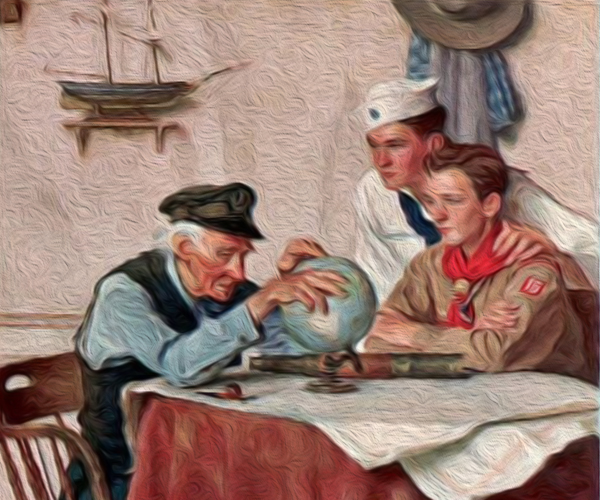
Understanding Military Terminology - Movement requirement
(DOD) A stated movement mode and time-phased need for the transport of units, personnel, and/or materiel from a specified origin to a specified destination. Joint Publications 4-09 (Distribution Operations - Defense Technical Information)
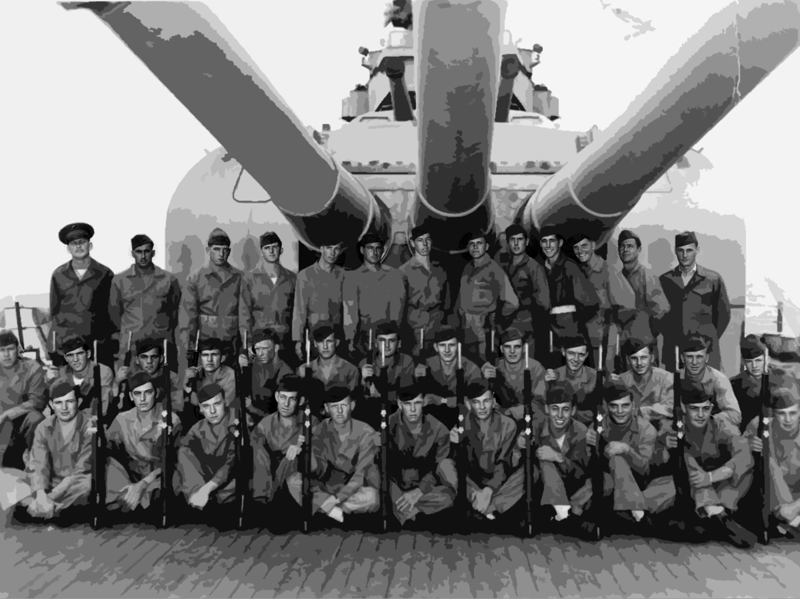
The Old Salt’s Corner
“The USS Indianapolis”
It was in July of 1945
And the USS Indianapolis
Had a crew of nearly 12 hundred alive
But a Japanese sub fired and did not miss.
American sailors had completed their job
Delivering parts for the first atomic bomb
Some sank with the ship, others in the sea did bob
No food, few lifeboats, ocean deceptively calm.
Surprise attack, no distress signal had been sent
It was four days later those floating were spotted
The survival rate was just 25 percent
With hundreds of sailors’ bodies the sea was dotted.
In the movie “Jaws” as Captain Quint had related,
“The sharks came cruisin'. So we formed into tight groups.”
Six men per hour were killed while for help they waited
All were lost but 316 Navy troops.
Some victims died of exposure or starvation
But far more were killed by the sharks that had attacked
These men lost their lives in service to our nation
But bomb parts delivered had a deadlier impact.
One of the last ships that was sunk in World War II
The Indianapolis had turned the war’s tide
With a mission carried out by a courageous crew
Victory was soon celebrated by allies worldwide.
~ Diane Locksley

“I’m Just Sayin”
“The intrinsic rate of human performance is exponential.”
~ Engelbart's Law

“Thought for the Day”
“Governments constantly choose between telling lies and fighting wars, with the end result always being the same. One will always lead to the other.
~ Thomas Jefferson

“What I Have Learned”
“The 50-50-90 rule: Anytime you have a 50-50 chance of getting something right, there's a 90% probability you'll get it wrong.”
~ Andy Rooney

Bizarre News (we couldn’t make up stuff this good – real news story)

Amazing 3D artists turn road into treacherous stretch in bid to encourage drivers to slow down.
Talented 3D artists have painted a frightening driving scenario on an Indian street in an attempt to reduce traffic accidents.
The street in Gujarat is infamous for road traffic accidents and the artists hope the image will encourage drivers to slow down.
The artwork is thought to be the first of its kind in India.
Huffington Post (03/09/2016)


Mr. Answer Man Please Tell Us: What's the Oldest Object Ever Found?
Over the years, experts have identified an assortment of the world's most ancient items, ranging from the earliest prosthetic (two artificial toes dating back to Ancient Egypt) to the world's first known song (a Sumerian hymn written 3400 years ago). But what's the oldest thing ever found? It depends on whether you're talking about geological objects or man-made objects—and in this particular instance, the term “man” (or even “human”) isn't quite accurate.
In 2014, scientists confirmed that a small zircon crystal found on a sheep ranch in Western Australia was actually a 4.4-billion-year-old piece of the Earth's crust. This made it the oldest rock fragment ever found on Earth. In comparison, our earliest fossils are only 3.5 billion years old.
Meanwhile, in 2011 a team of archaeologists unearthed stone tools in Kenya that are 3.3 million years old. Since the human Homo genus only emerged about 2.8 million years ago, it's thought that they were fashioned by an earlier human relative. The discovery challenges the idea that the main characteristics that make us human, such as “making stone tools, eating more meat, maybe using language—all evolved at once in a punctuated way, near the origins of the genus Homo”, Jason Lewis, a paleoanthropologist at Rutgers University who was involved with the find, told Smithsonian.
In short, we're constantly finding new objects that refine the timeline of Earth (and humanity). For now, the Australian crystal and the stone tools are some of the oldest things ever found.
Atlantic
• CBS
• Mental Floss
• Smithsonian
• TIME
• Wikipedia 
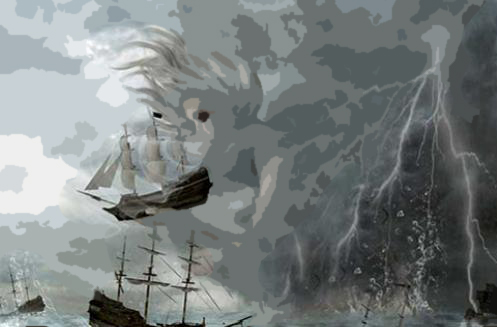
Where Did That Saying Come From?
“A sea change:” Meaning: A radical change or transformation.
Origin: From Shakespeare's The Tempest, 1610:
ARIEL (sings):
Full fathom five thy father lies;
Of his bones are coral made;
Those are pearls that were his eyes:
Outvenoms all the worms of Nile, whose breath
Rides on the posting winds and doth belie
All corners of the world: kings, queens and states,
Maids, matrons, nay, the secrets of the grave
This viperous slander enters. What cheer, madam?
Shakespeare's usage incorporates the current meaning, that is, a radical change. He also made the expression richer by alluding to the literal meaning of “a change that is brought about by the sea”.
Phrases.org.UK

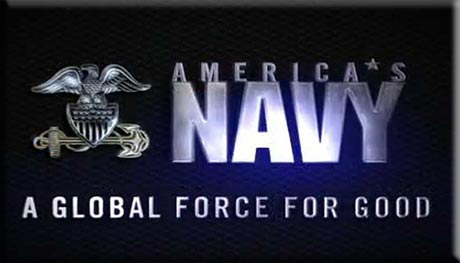
NAVSPEAK aka U.S. Navy Slang
Johnny Cash's: The (defunct) Winter Working Blue uniform; so called due to the fact that they were all black (black being called navy blue) and Johnny Cash was the man in black.
John Wayne: (1) A can opener supplied with “C” rations. Often still used by a “dirt sailor”.
(2) Somewhat derogatory reference to a sailor that takes too many chances, or attempts to constantly play the hero. “John Wayne it.”
(3) to John Wayne (a helmet): To leave one's helmet's chin strap undone, the way John Wayne often did in movies.
John Wayne toilet paper: Toilet paper that is rough, tough, and takes shit from no one.


Just for you MARINE
Lance Colonel: Derivation of Lance Corporal denoting a junior Marine with extended time in service or grade. See also terminal lance and Battalion Lance Corporal.
Lance Coolie, Lance Criminal, or Lance Coconut: derogatory terms for Lance Corporal.
Lance Corporal Underground or Lance Corporal Network: Joking reference to the gulf between non-NCOs and their superiors; also refers to the spread of foolish rumors that a more experienced Marine would immediately recognize as false.
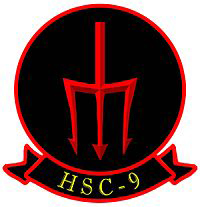
Naval Aviation Squadron Nicknames
HSC-9 - Helicopter Sea Combat Squadron NINE: “Eightballers”
Naval Air Station Norfolk - Norfolk, Virginia
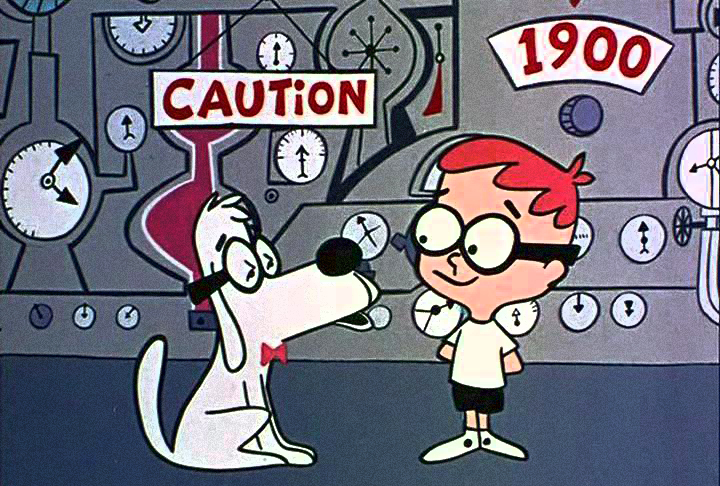
Science & Technology

Deep-sea zoos, towns made from space junk and drifting “iceberg” homes: Futuristic designs reveal how climate change could cause us to live in the oceans or in orbit
• Google's DeepMind computer BEATS human champion Lee Sedol in the first of five battles
• Highway Code quiz tests knowledge of obscure signs and dashboard lights - and it's surprisingly taxing
• Is there a FIFTH fundamental force? Large Hadron Collider results hint at new particle that doesn't fit with laws of physics
• Gender stereotypes are holding strong
Daily Mail

The Strange, Mysterious or Downright Weird

Bills, junk mail, whatever it is... just keep it. A video posted on YouTube :( and Live Leak shows someone trying to deliver letters through a mail slot, but a cat on the other side is making the task extremely difficult.
The footage appears to have been recorded by a postal worker, although that's not clear. It's also not clear when or where the clip was filmed.
What is clear is that this kitty has a thing for the mail, in some cases trying to keep it out and in others, pulling it in.
Huffington Post (03/08/2016)


SONG FACTS
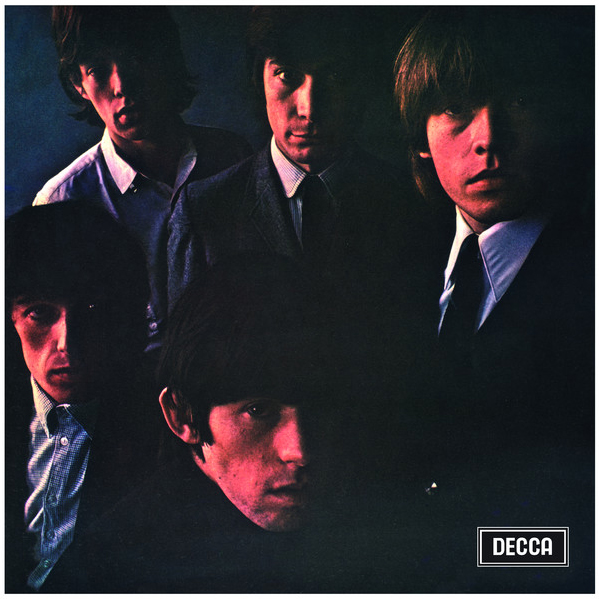
“Tell Me (You're Coming Back)” - The Rolling Stones
Album: The Rolling Stones
Released 1964 
This was the first Mick Jagger / Keith Richards composition. They wrote it when their manager, Andrew Oldham, locked them in his kitchen and told them to write some songs. At the time, The Stones were content to interpret songs written by other artists. This helped give Mick and Keith the confidence that they could be songwriters as well as performers.
A Pop ballad, this was a big departure from the Blues songs The Stones were covering at the time.
This was released as a single only in the U.S. It was their first Top 40 hit in America.
Keith Richards (1971): “Tell Me, which was pulled out as a single in America, was a dub. Half those records were dubs on that first album, that Mick and I and Charlie and I'd put a bass on or maybe Bill was there and he'd put a bass on Let's put it down while we remember it and the next thing we know is, Oh look, track 8 is that dub we did a couple months ago. That's how little control we had.”
Mick Jagger (1995): “Keith was playing 12-string and singing harmonies into the same microphone as the 12-string. We recorded it in this tiny studio in the West End of London called Regent Sound, which was a demo studio. I think the whole of that album was recorded in there. But it's very different from doing those R&B covers or Marvin Gaye covers and all that. There's a definite feel about it. It's a very POP song, as opposed to all the blues covers and the Motown covers, which everyone did at the time.”
The Rolling Stones official site / Rolling Stone / Rock and Roll Hall of Fame / All Music / Billboard / Song Facts / Wikipedia
Image: “The Rolling Stones (album)” by The Rolling Stones

Trivia
● Death Valley once registered 134 degrees, the highest temperature ever in the U.S.
● Uranus was the first planet to be discovered using the telescope, in 1781.
● Fusion - the “F-word” is defined in physics as a “nuclear reaction in which nuclei combine to form more massive nuclei”

A Test for People Who Know Everything
Which beverage was named for the Queen of England in the 16th century notorious for her persecution of Protestants?
● Answer for People Who Do Not Know Everything, or Want to Verify Their Answer History Channel
Answer to Last Week's Test
This early 16th century Italian political theorist wrote a book instructing rulers how to maximize their power without regard to moral considerations. Identify the author, the book title, and the most famous philosophy to come from this book?
Answer: Niccolò Machiavelli, The Prince (Il Principe) in 1513. Wiktionary

Joke of the Day
What is the dirtiest line said on television?
“Ward, I think you were a little hard on the Beaver last night.”
Pun of the Day
They tried to keep a locksmith in prison, but the nut bolted.


























